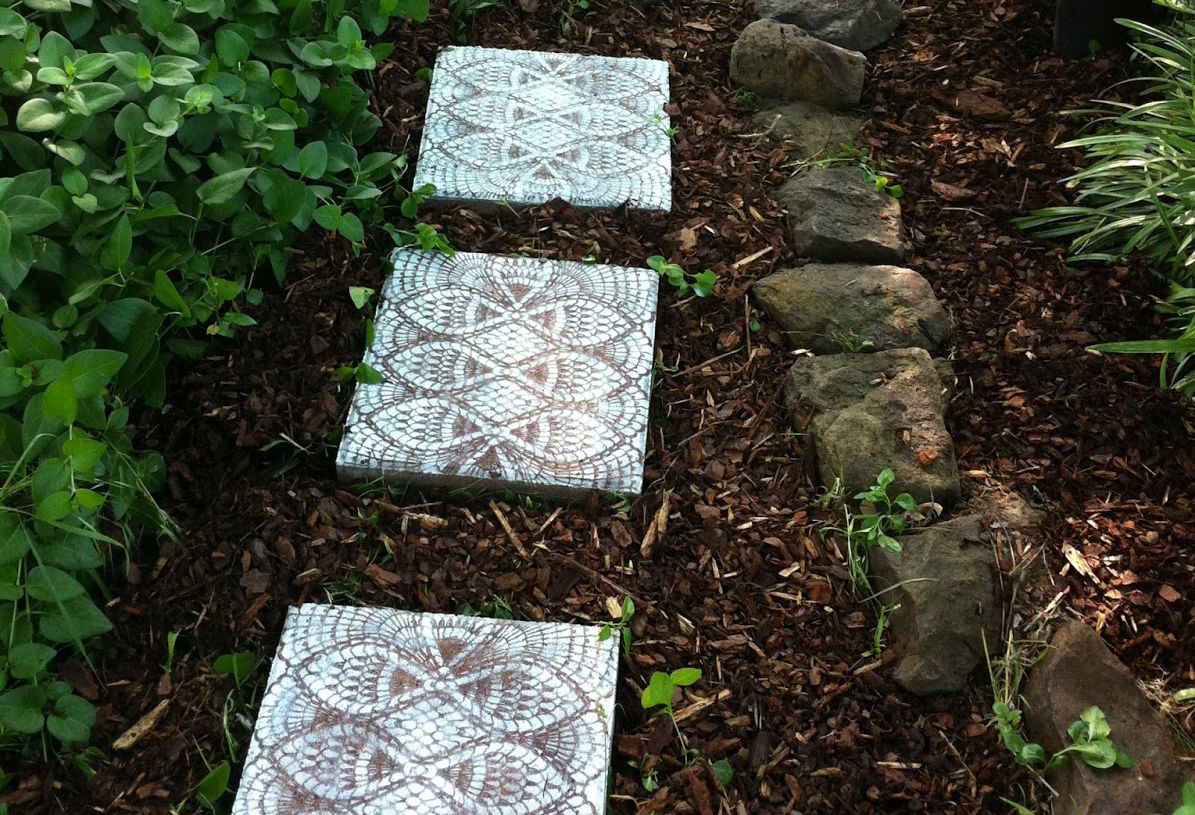Whether it leads straight to your front door or meanders through a garden, a walkway should be not only level and stable but also visually appealing. This article explores 12 inspiring walkway ideas, from classic brick patterns to creative DIY solutions, to spark your creativity as you plan your own beautiful and budget-friendly path.
Not-So-Basic Brick
Brick walkways are a timeless choice that suits various architectural styles, particularly traditional and colonial homes. However, brick paths don’t have to be ordinary. There are numerous attractive laying patterns to choose from, including running bond, stacked bond, basketweave, and bordered herringbone. Brick also pairs well with materials like stone and concrete, allowing for creative designs.
While classic red brick is warm and welcoming, you can also find brick pavers in white, tan, brown, orange, gray, and black. Just make sure you get brick pavers rather than conventional bricks, which are too soft and porous for walkways.
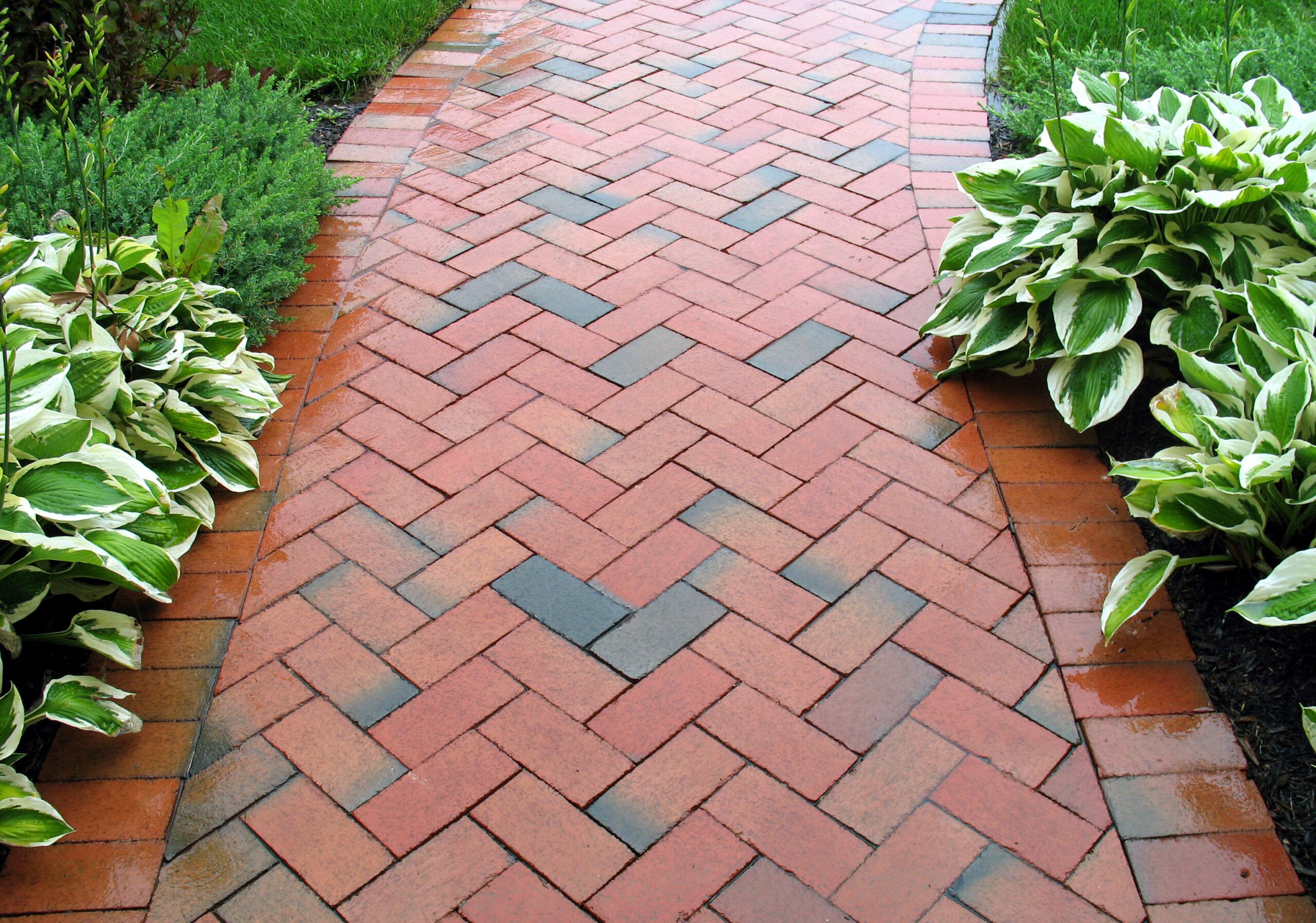
Go With Gravel
Gravel is a versatile, affordable, and casual option available in a wide range of colors and sizes. This option can make your greenery pop—especially if you go with traditional gray. Gravel complements various home styles, from quaint cottages to modern ranches, and works well in combination with other materials, like rocks and pavers.
To create a straight gravel path, define the perimeter with stakes and string. For curved walkways, use a garden hose or PVC pipe to outline the edges. Excavate the area evenly, then layer several inches of crushed gravel, followed by a layer of sand, and top with pea gravel (the smallest variety). This layered approach ensures proper drainage and reinforces the walkway’s stability.
Keep in mind that gravel is not ideal for sloped areas, and snow removal will be difficult. To minimize maintenance, consider using a weed barrier underneath the gravel.
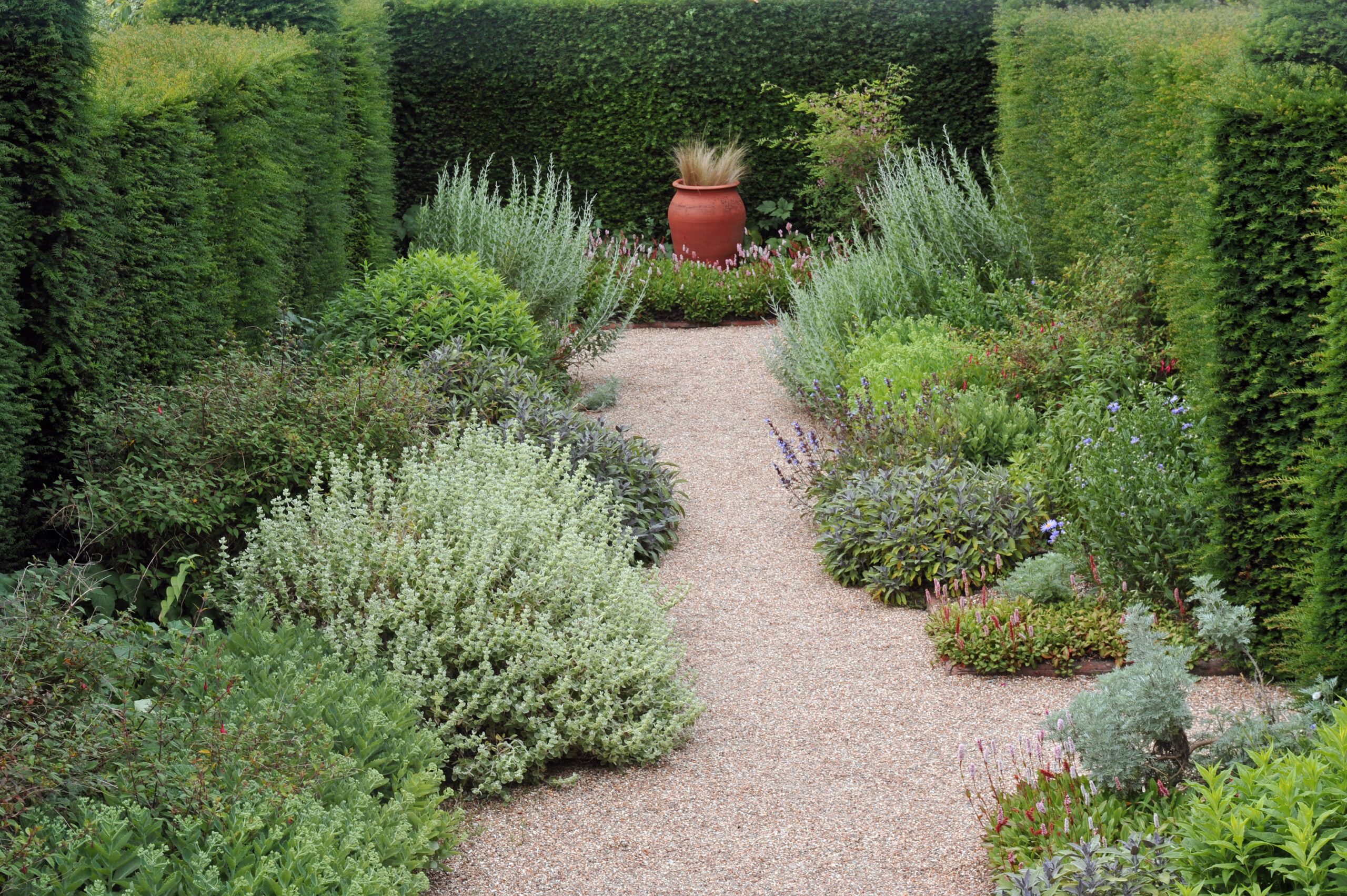
Eye-Popping Pebble Patterns
For those looking to create a truly unique and artistic walkway, consider designing a pebble mosaic. This project allows you to express your creativity while creating a durable, eye-catching path. You can collect pebbles from riverbeds or beaches (where permitted) or purchase them from a stone yard.
While this is a more complex project, the results can be stunning. The process involves:
- Creating a mold for your design
- Pouring concrete into the mold
- Arranging pebbles in your chosen pattern before the concrete sets
This method requires patience and attention to detail, but the result is a one-of-a-kind walkway that serves as both a functional path and a work of art in your landscape. A pebble mosaic is particularly striking in garden settings or incorporated into a patio area, where it can be admired up close.
Creative Concrete
Recreating a concrete sidewalk in your yard may not seem appealing, but you don’t have to stick to the basics. One creative approach is to use decorative techniques on concrete pavers. For instance, you can create a lacy design on plain concrete pavers using exterior spray paint and a rubber or vinyl doily as a stencil.
Here’s how to achieve this effect:
- Clean the pavers thoroughly with soap and water, then rinse and let dry completely.
- Cut out a cardboard shield to protect the surrounding area.
- Place the doily on the paver.
- Apply exterior spray paint over the doily.
- Remove the doily to reveal the lacy pattern.
This technique allows you to transform simple concrete pavers into unique, decorative stepping stones that add visual interest to your walkway. For added durability, seal the painted pavers to protect them from the elements.
The cost of materials and installation can vary widely depending on the type of paver chosen. While DIY installation is possible, it’s a complex project with numerous steps.
Professional installation ensures a level, long-lasting result but comes at a higher cost. We recommend consulting a landscape architect or contractor for more intricate designs or sloped areas to achieve the best results and avoid future issues.
Calling All Collectors
For a truly personalized walkway, consider incorporating your collections into stepping stones. This creative approach allows you to display treasured items like seashells, pebbles, or sea glass functionally. Here’s how to create these unique stepping stones:
- Make molds using plywood or concrete form tubes.
- Arrange your collected items in the molds.
- Fill the molds with concrete.
- Allow the concrete to cure fully.
- Remove the stepping stones from the molds.
- Arrange the stones to form your pathway.
Repurposing sentimental items not only creates a one-of-a-kind walkway but also serves as a conversation piece and a reminder of special memories.
Thanks So Mulch!
In warmer climates, organic mulch can be an excellent choice for creating a natural, soft walkway. Options include wood chips, cocoa bean hulls, or cypress bark. Mulch pathways are particularly effective in garden settings, where the mulch blends seamlessly with the natural surroundings, suppresses weed growth, and enriches the soil as it breaks down. Mulch is also one of the most affordable walkway materials.
Follow these steps to install a mulch walkway:
- Outline and excavate the path.
- Install plastic edging along the borders.
- Add several inches of crushed stone for drainage.
- Top with your chosen mulch material.
For a more defined look, consider bordering your mulch path with bricks, stones, or plants.
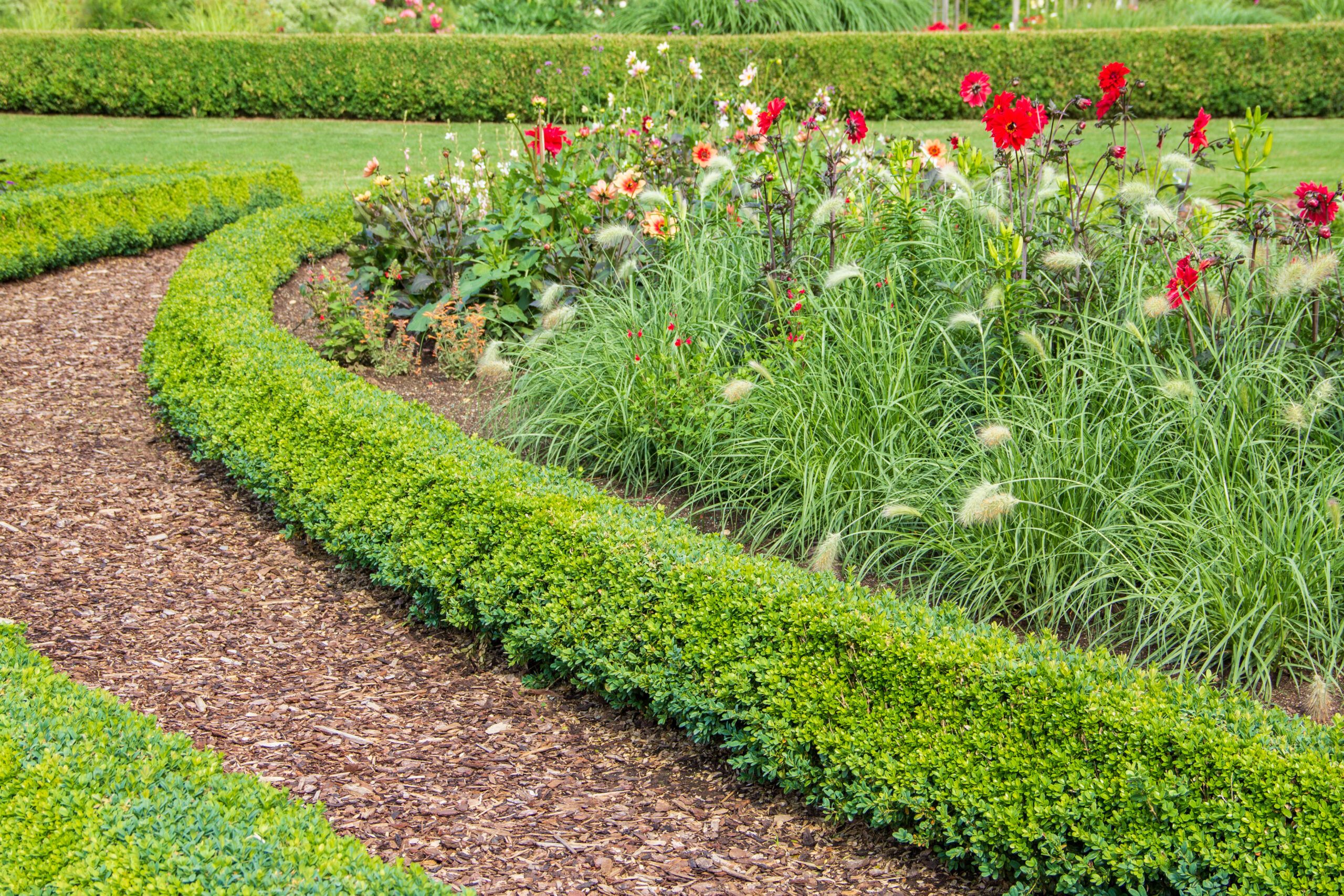
Take a Tumble
For a unique, sparkling walkway, consider using tumbled glass. This material is made from recycled bottles that have been machine-processed to remove sharp edges.
Although tumbled glass is more expensive than organic mulch, it offers several advantages. It is highly weather-resistant, lasts longer than mulch, and requires very little maintenance. It’s also more visually appealing, available in gem-like tones such as blue, green, and amber, as well as translucent options.
To save on costs, try sourcing tumbled glass from local recycling centers. When installing, use a similar method to gravel paths, ensuring proper drainage and edging for a polished look.
Brick on a Budget
Professional installation of brick pavers typically falls in the mid-range price category. The more intricate the pattern, the higher the cost due to the labor-intensive nature of cutting bricks. However, there are ways to save on a brick walkway. You can do the prep work and demolition yourself, or opt for dry-laid installation (bricks set over sand) instead of mortar. You can look for deals on salvaged or surplus bricks.
For a DIY brick path, start by laying a gravel base, followed by a layer of sand, before setting the bricks. To determine the number of bricks needed, calculate the area of your walkway and allow for approximately five bricks per square foot. Make sure the gravel and sand base are well-compacted to prevent shifting and maintain an even surface.
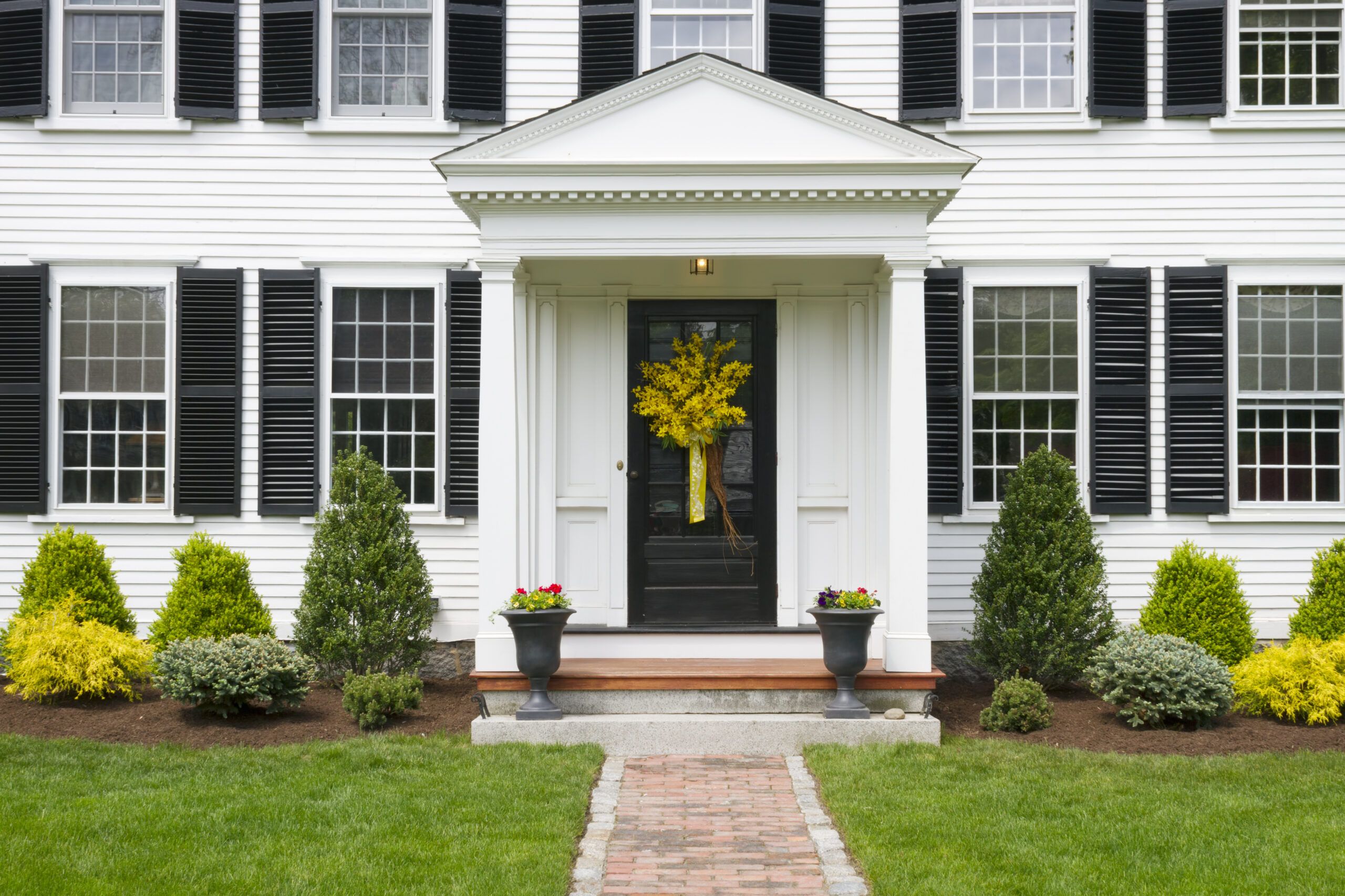
Pallet Path
For a budget-friendly and eco-conscious option, consider using reclaimed wooden pallets for your walkway. This DIY project is not only cost-effective but also adds a rustic charm to your outdoor space. You can even paint or stain the pallets to match your garden’s aesthetic.
Here’s how to create a pallet path:
- Collect and disassemble wooden pallets.
- Sand the boards to remove splinters and rough edges.
- Seal the wood with polyurethane to protect against weather and foot traffic.
- Dig and level the path area.
- Lay each plank in place, leaving about an inch between the boards.
If the nails are still attached to the pallet boards, you can use them to help anchor the planks into the soil. This method creates a unique, textured walkway that’s both functional and visually appealing.
Sand and Stone
A stone walkway set in sand offers a more affordable alternative to professionally installed stone paths set in concrete. This method allows for flexibility in design and is easier to adjust or repair than mortared stone paths. Here’s how to create a sand and stone walkway:
- Define and excavate the path area.
- Lay landscape fabric to prevent weed growth.
- Add several inches of paver sand.
- Arrange stone pieces like a puzzle, using 2- to 3-inch-thick flagstone for durability.
- Fill gaps with more sand or fine gravel.
A sand-and-stone pathway is ideal for garden walkways or less formal areas of your landscape. Consider using a mix of stone shapes and sizes to create a more organic look that mimics the natural arrangement of stones in the wild.
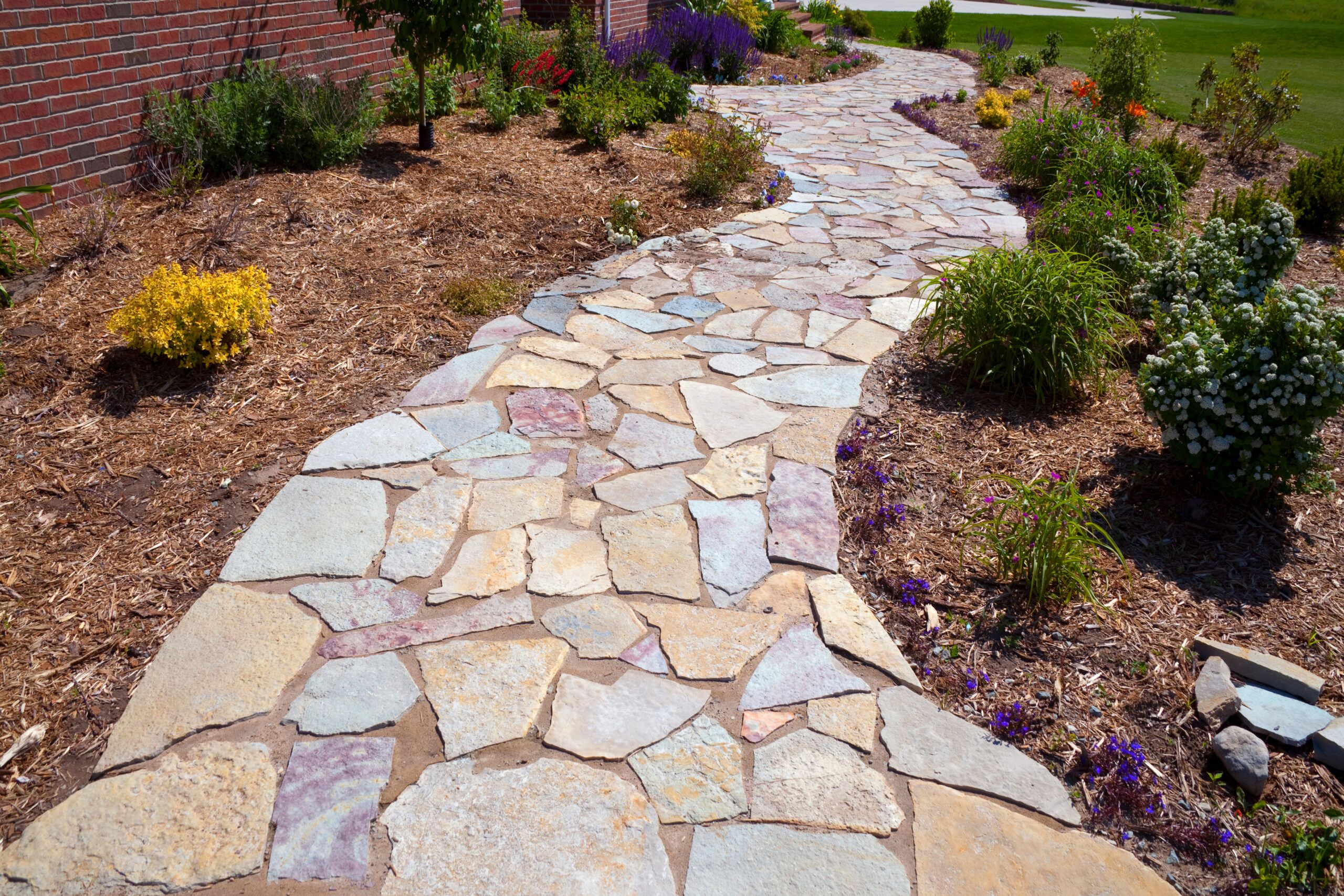
Lay Down Logs
If you’ve recently cut down trees or done some major pruning, you can repurpose the wood to create a charming, cost-effective walkway. This method not only saves money but also adds a natural, rustic element to your landscape. Here’s how to create a log pathway:
- Cut logs into rounds about 2-3 inches thick.
- Coat the log rounds with polyurethane to protect against weathering.
- Prepare the ground by leveling and adding a bed of sand or pebbles.
- Lay the log rounds in your desired pattern.
- Fill the gaps between rounds with gravel, pebbles, or soil.
This type of walkway works particularly well in woodland gardens or natural landscapes, providing a seamless transition between your home and the surrounding environment.
Our Conclusion
Creating a beautiful walkway doesn’t have to break the bank or require professional expertise. From classic brick patterns to innovative DIY solutions, there are numerous options to suit various styles, budgets, and skill levels.
Whether you choose a traditional material such as stone or a unique option like tumbled glass, the key is to select a walkway that complements your home’s architecture and landscape while meeting your functional needs. With a bit of creativity and effort, you can craft a stunning path that enhances both the beauty and functionality of your outdoor space.
